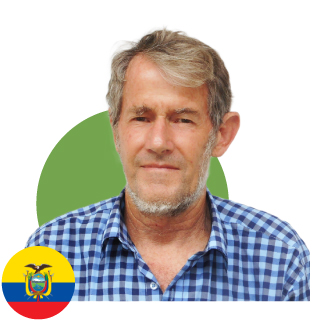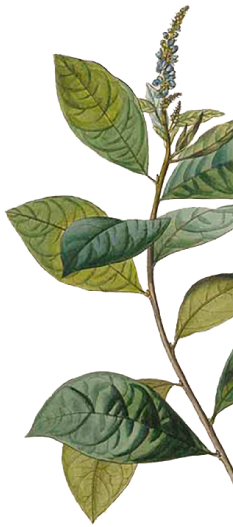
David A. Neill, Ph.D.
Institution and Research Interests
Dr. Neill is a Full Professor at Universidad Estatal Amazónica (Ecuador) and was formerly a Curator at the Missouri Botanical Garden (1987-2010), and an Honorary Administrative Director at the National Herbarium of Ecuador (QCNE). He was published extensively on Neotropical flora, especially in Amazonian and Andean Tepuis vegetation. He is a Co-Founder and has been a board member (President, Vice-president, and Executive Director) of Fundación Jatun Sacha, Ecuador, and with Ecuadorian colleagues, he established the Jatun Sacha Biological Station in Napo province, Ecuador, 1986. Jatun Sacha owns and administers three private reserves in the Amazon (Jatun Sacha), Andes (Guandera) and coastal (Bilsa) regions of Ecuador. He is also a Board member of Nature & Culture International (Naturaleza y Cultura Internacional), a non-governmental organization based in San Diego, California, and South American main office in Loja, Ecuador. An organization dedicated to natural habitat conservation and locally community development in several Latin American countries.
Email: dneill@uea.edu.ec

Abstract
Botanical Studies in Amazonian Ecuador and the sub-Andean cordilleras
David A. Neill
Amazon State University, El Pangui campus, El Pangui, Zamora-Chinchipe, Ecuador
Chinese/Neotropical Botanical Diversity, An International Virtual Symposium
China/Ecuador
Thursday August 18th, 2022
07:00-07:45 (Quito, Ecuador)
20:00-20:45 (Guangzhou, China)
Ecuador is well-known as one of Earth’s hotspots of biodiversity, but the documentation of the floristic diversity of Ecuador is still a work in progress. The lowland Amazon region of Ecuador, below 1000 m elevation, comprises one-third of the land area of the country, but only 2% of the entire Amazon basin. For Ecuador as a whole, a total of 15,306 native plant species (including 4,173 endemics) was recorded in the Catalog of Vascular Plants of Ecuador in 1999, but as of April 2022, with the newly published species and new records for Ecuador, the known vascular flora of Ecuador is 18,646 species (including ~6,500 endemics), an increase of 22% in 23 years. For lowland Amazonian Ecuador, a total of 4,857 species were recorded in 1999 with an increase to ~6,100 species in 2022. In another study, the trees of Amazonian Ecuador were recorded as 1, 500 species in 1999, increasing to 2,296 species in 2019, with an estimated total of 5,487 trees species for the region based on an analysis using Fisher’s log series. In the 50-hectare tree inventory plot in Yasuní National Park, botanists have documented 1,150 “morphospecies”, but ~250 of those are still unidentified to the species level and represent either species new to science or species recorded from elsewhere in Amazonia but not in Ecuador.
Much of the recent botanical research in the region has been concentrated in Yasuní and at the Jatun Sacha reserve, closer to the base of the Andes, with 70 species new to science based on inventories in Yasuní and 34 new species from Jatun Sacha. Within the bounds of Amazonian Ecuador this report includes the “sub-Andean cordilleras”, or “Andean tepuis”, the Galeras, Kutukú and Cordillera del Cóndor ranges, separated from and east of the main Andean chain. These cordilleras are composed partly of nutrient-poor, acidic sandstone substrates and are sometimes termed “Andean tepuis”; they exhibit notable phytogeographic affinities with the much older sandstone tepuis of the Guiana Shield in northeast South America. Much more floristic inventory work, and monographic studies of certain groups of Angiosperms, is required to document more fully the floristic diversity of Amazonian Ecuador.
Keywords: Yasuní National Park, tree plots, Cordillera del Cóndor, Andean tepuis, Jatun Sacha
© Chinese – Neotropical Botanical Diversity 2022. All Rights Reserved.

